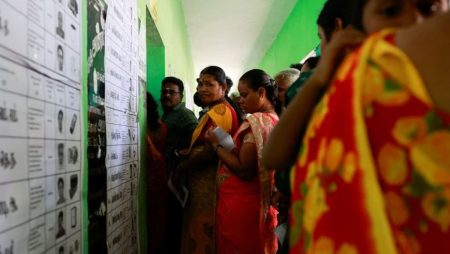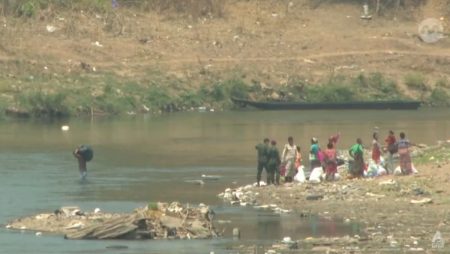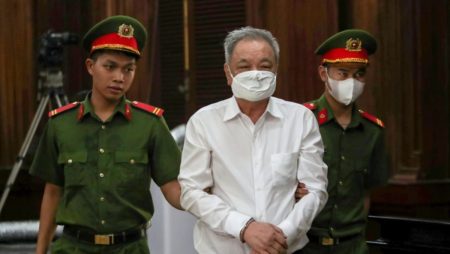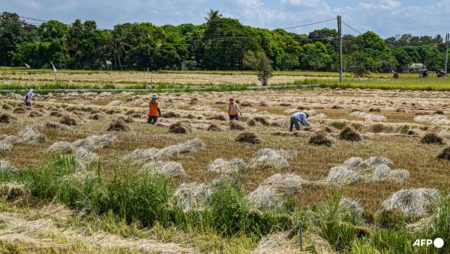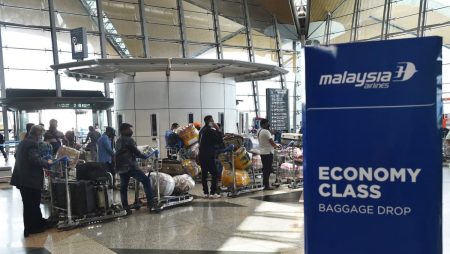The scorching heat of Dhaka is making life difficult for 13-year-old Nur and her family who live in a cramped one-room home in the megacity. Despite the closure of schools, Nur finds it challenging to study at home due to the unbearable heat and lack of cooling facilities. Her mother, Rusmana Islam, mentions that the intensity of this year’s heat surpasses that of previous years, making it almost impossible to find relief even within the confines of their home. Unlike in villages where one can seek shade under trees or benefit from cooler air, the situation in the city offers no respite.
The Bangladesh government plans to reopen schools on April 28, hoping that temperatures will have decreased by then. The country, with its population of 171 million, has been experiencing the adverse effects of the global climate crisis, such as frequent cyclones and severe flooding. The current extreme weather conditions have led to a rise in cases of diarrhoea in the southern region of the country due to higher temperatures and increased salinity in local water sources. This further exacerbates the challenges faced by vulnerable communities, such as Nur’s family, who struggle to cope with the heat.
In Nur’s neighborhood, a tenement building houses numerous low-income families who are also grappling with the oppressive heat. Adults try to avoid the worst of the weather by staying indoors during the afternoon, attempting to catch some sleep. Mohammad Yusuf, a 40-year-old driver like Nur’s father, emphasizes the difficulties of being outside in such intense heat. While the luxury of an air conditioner offers temporary relief, the reality of being out in the hot and humid conditions feels akin to being scorched alive.
The relentless heatwave in Dhaka has created a challenging environment for residents who are forced to adapt to survive the harsh conditions. For Nur and her family, the closure of schools has not brought much relief as they continue to battle the stifling heat in their cramped living space. With temperatures soaring to unprecedented levels, the lack of adequate cooling mechanisms makes everyday life a struggle. The government’s decision to reopen schools later in the month may offer a glimmer of hope for some respite as the heat begins to recede.
As Bangladesh grapples with the impact of climate change, the vulnerability of its population to extreme weather events becomes increasingly evident. The recurring cyclones and floods, coupled with the current heatwave, highlight the urgent need for measures to mitigate the effects of climate change. The outbreak of diarrhoea in the southern region due to higher temperatures serves as a stark reminder of the interconnectedness between climate change and public health. Addressing these challenges requires a multi-faceted approach that prioritizes the well-being of vulnerable communities like Nur’s family, who bear the brunt of environmental crises.
In the face of adversity, residents of Dhaka continue to navigate the challenges posed by the unforgiving heatwave. While some seek solace indoors, others like Mohammad Yusuf brave the scorching temperatures to make a livelihood. The struggle to cope with the heat underscores the pressing need for climate resilience and adaptation strategies to protect vulnerable populations. Nur’s story serves as a poignant reminder of the human cost of climate change, urging stakeholders to take action to safeguard the well-being of communities at the frontline of environmental crises.







